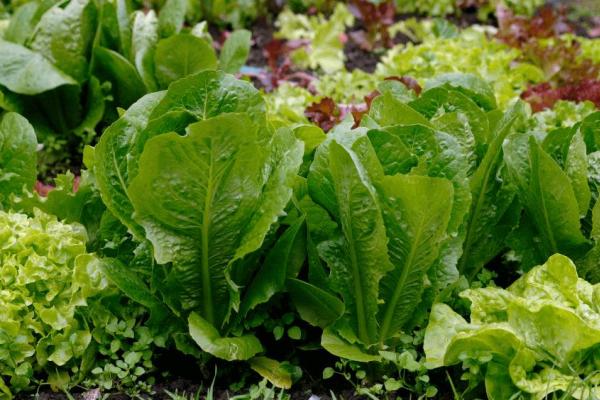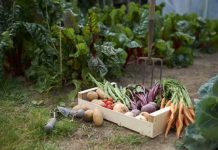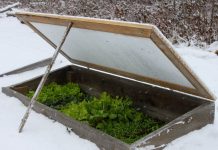Growing vegetable plants will make a beautiful addition to any landscape, and will save you tons of money on your groceries.
To ensure that you are getting the best out of your vegetable plants, use organic growing methods to make your soil healthy, and keep the nutrients in the vegetables you will consume.
Before you go off to buy some seeds for your vegetable plants, it helps to do some research about the climate you live in, and the vegetables that are suitable for it. Not all vegetables react well to cold, long winters, so timing is a crucial factor to be planned ahead of time.

Here are some tips for growing your own vegetable plants:
1. When planning the space in your garden for vegetable plants, choose an area that receives the most sunlight throughout the year. You may also want to choose an area that is sunny as well as close to your kitchen, which will make picking plants and preparing them for a dish much easier.
2. Soak the seeds in some water for about 12 hours before planting. Allowing them to absorb moisture will prepare them for germinating.
3. Start planting the seeds of your vegetable plants in the spring, and continue to do so all summer long. This will guarantee you delicious, healthy greens to consume throughout the year.
4. Before planting, inspect the soil[soil testing] and make sure there is no debris or rocks. Use some compost or aged manure with the soil to give it some added nutrients and make it more fertile for growing your vegetable plants.
5. If you live in cold climates, it’s better to start with large seedlings that can be purchased at a nursery. This will give you better results especially with sensitive vegetables which take a long time to ripen, such as chili peppers.
6. Vegetables such as squash, pumpkins, and zucchini grow best when started from seedlings.
7. When you are transplanting your vegetable plants as they get begin to germinate and grow root, remember to plant those with long roots much deeper into the soil to let them have a good grip of the outdoors.
8. Once you’re done planting, use a 3 inch long cardboard collar around the seedling to prevent any worm attacks. This can be removed once the seed has begun to germinate fully into vegetable plants.
9. If you don’t have much space to spare in your garden, yet still want to maximize this and enjoy your vegetable plants, you can always plant vertically. Vegetables such as beans, tomatoes, melons, and squash can be grown vertically using a trellis.
10. After your first harvest, use organic fertilizer around the plant perimeter, and gently work them into the soil and water to keep it producing vegetable plants.
The plants will be able to make use of the additional nutrients to grow flowers and bear fruits after.
In no time, your vegetables will be ready to enjoy, and you’ll understand vegetable gardening like the back of your hand.








